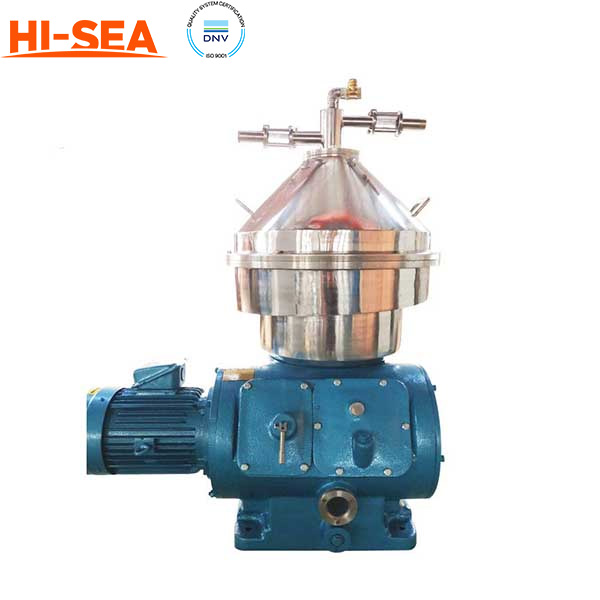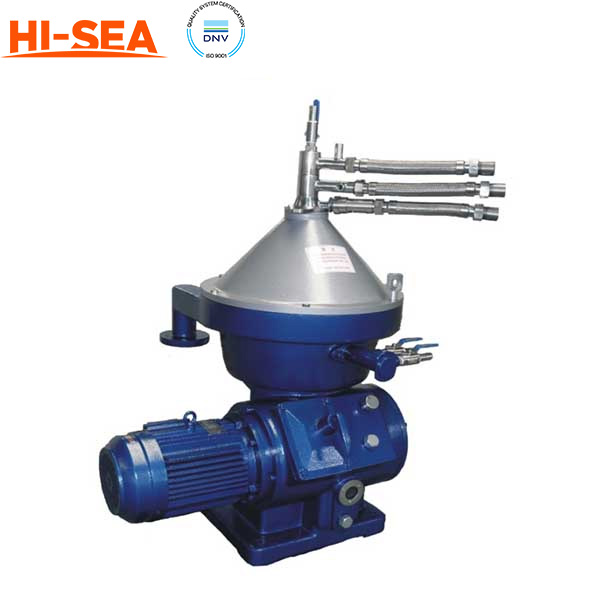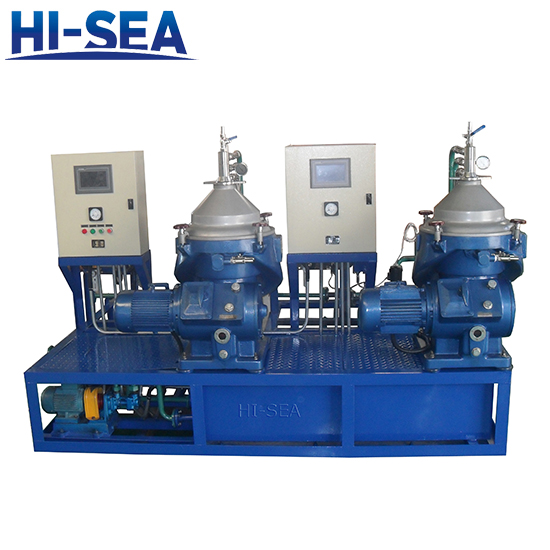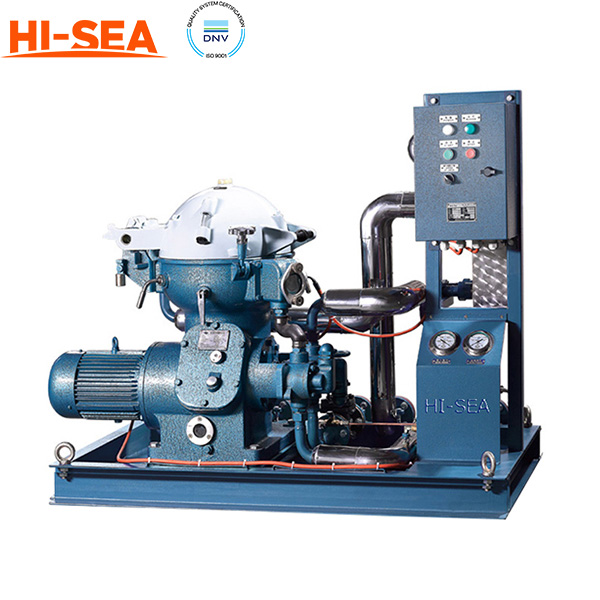MARINE & OFFSHORE EQUIPMENT
- Dredging Equipment
- Marine Deck Machinery
-
Marine Mooring Equipment
-
Marine Anchor
- AC-14 HHP Anchor
- Admiralty Anchor
- Beldt Stockless Anchor
- Bruce Anchor
- Spek Anchor
- Danforth HHP Anchor
- Delta High Holding Power Anchor
- GB11579-89 Light Weight Anchor
- Hall Anchor
- High Holding Power Mastrosov Anchor
- Hot Dip Galvanized Anchor
- Japan Stock Anchor
- JIS Stockless Anchor
- Pool Anchor
- Single Fluke Anchor
- Stainless Steel Anchor
- Stevpris MK5 Anchor
- Stingray Anchor
- US Navy Stockless Anchor
-
Marine Anchor Chain
-
Marine Shackle
- Kenter Shackle
- D Type Joining Shackle
- Pear Shaped Shackle
- Anchor Swivel Shackle Type A
- Anchor Swivel Shackle Type B
- Buoy Shackle Type A
- Buoy Shackle Type B
- C Type Detachable Connecting Link
- D Shackle
- Forelock Shackle
- Anchor Chain Swivel Group
- Straight Shackle
- Anchor Shackle
- Marine Triangle Plate
- Anchor Chain Swivel
- Anchor Chain Joining Shackle
- Anchor Chain End Shackle
- Slim Kenter Shackle
-
Chain Chaser
-
Marine Bollard
-
Marine Chock
-
Marine Fairlead
-
Marine Chain Stopper
-
Marine Mooring Reel
-
Marine Towing Bracket
-
Mooring Rope
-
Marine Towing Hook
-
Marine Shark Jaw
- Marine Fender
-
Marine Buoy
- Marine Floating Pontoon Dock
-
Marine Anchor
- Aquaculture Equipment
- Marine Outfitting Equipment
- Marine Propulsion System
-
Marine Painting
-
Marine Auxiliary Machinery
- Marine Air Compressor
- Marine Air Receiver
- Marine Sewage Treatment Plant
-
Marine Diesel Generator Set
- Marine Oil Water Separator
- Ballast Water Management System
- Marine Hydrophore
- Marine Calorifier
- Seawater Desalination Plant
-
Marine Oil Separator
- Marine Fuel Oil Supply Unit
- Marine Heat Exchanger
-
Marine Hot Well Unit
-
Marine Incinerator
-
Marine Boiler
-
Marine Valve
- JIS Marine Valve
- DIN Marine Valve
- ANSI Marine Valve
- GB Marine Valve
- CB Marine Valve
- CBM Marine Valve
-
Marine Gate Valve
-
Marine Globe Valve
-
Marine Angle Globe Valve
-
Marine SDNR Valve
-
Marine Angle SDNR Valve
-
Marine Check Valve
-
Marine Storm Valve
-
Marine Butterfly Valve
-
Marine Quick Closing Valve
-
Marine Fire Valve
-
Marine Self Closing Valve
- Marine Valve Accessories
-
Marine Pump
- Marine Centrifugal Pump
- Marine Screw Pump
-
Marine Gear Pump
-
Marine Vortex Pump
-
Marine Ejector Pump
-
Marine Diaphragm Pump
-
Marine Piston Pump
-
Marine Fire Pump
-
Marine Emergency Fire Pump
-
Marine External Fire Pump
-
Marine Ballast Water Pump
-
Marine Fuel Pump
-
Marine Lubricating Oil Pump
-
Marine Bilge Pump
-
Marine Sewage Pump
-
Marine Domestic Water Pump
-
Marine General Pump
-
Marine Cargo Oil Pump
-
Marine Hand Pump
- Marine Pump Parts
- Marine Life-saving Equipment
- Fire-fighting Equipment
- Marine Cable
- Marine Electrical Equipment
- Marine HVAC
-
Labour Protection Appliance
- Marine Decorative Material
-
Marine Anode
- Marine Pipe Fitting & Flange
- Marine Instrument
- Ship Building Equipment
INDUSTRY EQUIPMENT
- Hoisting Equipment
- Welding Machine & Material
-
Cutting Machine
- Container Securing Fitting
- Link Chain
- Container & Storage Equipment
-
Diesel Generator Set
- Other Equipment and Tools
- Petrochemical Equipment
- Fiber Reinforced Plastics
- Polymer Materials
- Environmental Protection Series
- Geo-products and Building Materials
- Metal Mesh
- Steel Grating
-
Earthwork Teeth
-
Turnbuckle
STOCK LIST
Contacts
 Tel:+86-23-67956606
Tel:+86-23-67956606
 FAX:+86-23-67956622
FAX:+86-23-67956622
 Email:manager@cqhisea.com
Email:manager@cqhisea.com
Working Time: 9:00--17:00
Working Day: Monday to Friday Website: www.cqhisea.com

Alfa Laval Separator Equipment
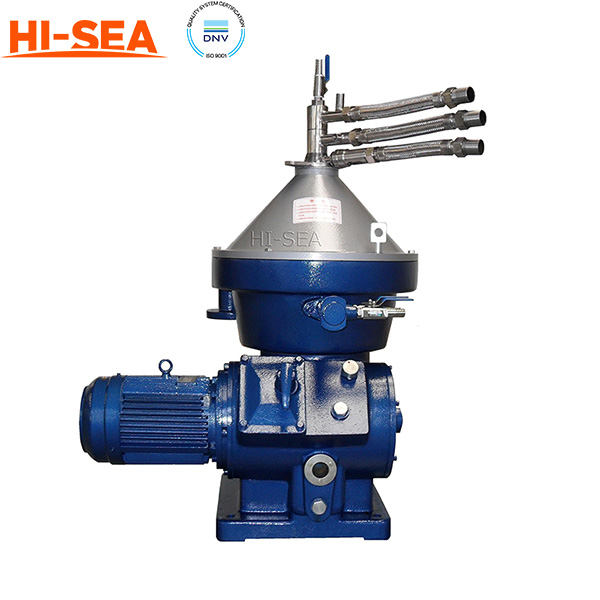
Alfa Laval Separator Equipment
1. Alfa Laval Separator Equipment Application
The Alfa Laval separator equipment is intended for marine and land applications. It is specifically designed for cleaning of mineral oils from water and solid particles (sludge). The cleaned oil is discharged continuously, while the sludge is discharged at intervals.
The separator handles the following types of lubricating oils and low viscosity fuel oils:
Distillate (viscosity 1.5-5.5 cSt/40℃)
Marine diesel oil (viscosity l3 cSt/40℃)
Intermediate fuel oil and heavy fuel oil (viscosity 30-380 cSt/50℃)
Lubricating oil of R & O type, detergent or steam turbine.
The separator can be operated either as a purifier or as a clarifier. When operated as a purifier the separator discharges the separated water continuously.
When the oil contains only small amounts of water the separator is operated as a clarifier, discharging the water together with the solid particles.
The separator has to be installed together with devices for control of its operation.
2. Structure and Transmission of Alfa Laval Separator Equipment
The oil separator mainly consists of mechanical transmission, bowl, control valve, oil transfer system, frame, sewage draining passage and so on.
(1) Mechanical transmission
Mechanisms of centrifugal friction coupling, speeding-increasing helical gear unit, lubricating oil tank, radial or axial buffer spring unit, speed counter and oil pump driving gear and so on are installed in the frame.
The electromotor drives the horizontal shaft through the friction coupling. The big helical gear on the horizontal shaft drives the small helical gear on the vertical shaft, thus a pair of gearing-up is formed with an increasing speed ratio of 11:56. The worm on the right side of the big helical gear drives the small worm gear of the speed counter, thus a pair of gearing-down is formed with a reduction ratio of 12:1, so when the rotate speed of the speed counter is 120±5r/min, the oil separator reaches the top speed. The transmitting gear on the right side of the horizontal shaft drives the oil pump.
A group of radial buffer springs, which has been pressure-deformation tested, are installed on the vertical shaft to absorb the radial vibration from the high-speed bowl.
This group of springs has past the pressure and deformation testing. When the same group of springs that installed in the separator are compressed to the same regulated length, the differential pressures of the springs in a same group installed in the machine is within 49N at the same specific pressed length, so all the springs in a same group should be changed if one of them is broken.
Another buffer spring is installed at the end of the vertical shaft to absorb the vibration form the helical drive.
(2) Friction coupling
The centrifugal friction coupling ensures the oil separator start up tardily to reduce the startup load of the electrical motor.
When the separator is being started up, the friction coupling gets heating and smoking. When the separator is being stopped, the friction coupling sends out short clank. These are all normal phenomena. When the startup is completed, the bowl reaches the normal rotation speed, the friction coupling stops heating and gradually cools to room temperature.
The friction surface of the parabolic cylinder block of the friction coupling should be prevented from being interfused with oil, grease lubricant and other substance, otherwise, slipping will be caused, and the bowl can not reach the full speed.
(3) Oil transfer pump
The self-attached gear pump of the separator is driven by the transmission gear at the right side of the horizontal shaft. There is a relief valve on the oil pump which regulates the working pressure as 0.3 Mpa, when the maximum pressure exceeds this pressure, the safety valve will be open, then the oil transmission amount is then reduced. A filter should be set on the inlet pipeline of the oil pump so as to prevent large granule getting into the oil pump and causing jam.
In order to prevent the noise made by the dry friction of gears when starting up the separator or draining the sewage, and to prevent the work life being shortened, by-pass pipelines can be added in the suction pipe of the dirty sludge oil pump, connect the exhaust port to the suction port of the dirty sludge oil pump. By this way, the oil pump will not make dry frication when starting up and draining the impurity, the noise will be reduced and the work life of the pump will be prolonged.
(4) Braking device
A brake is installed on the base of the oil separator, when the oil separator can not work normally and needs to be stopped, the braking device can be activated to shorten the shut-down period after the power supply is cut off.
The braking device can also be used in normal shutting-down, but it must be used after the slowdown of the rotation speed of the oil separator, otherwise the friction disk will be burnt out and worn.
(5) Bowl
The bowl is one of the most important components of the oil separator. The separating of the liquids is implemented in the bowl.
The bowl mainly consists of components such as: bowl body, disc, reel, end cover, main locking ring, gravity lock ring, etc.
The bowl has been dynamical balanced. Every main component after the dynamical balance is marked. When the bowl is assembled for the second time, it is forbidden to change the components, and the bowl should be assembled in strict corresponding to the original assembling marks. In addition, the weight-adjusting part on the head cover and the drum body can not be changed. When more than one oil separator with the same mode is to be assembled, more precaution should be taken to ensure components of one bowl will not be fixed onto another one. Otherwise the balance of the bowl will be destroyed, strong vibration will occur when the oil separators work.
3. Alfa Laval Separator Equipment Technical Parameter
The technical parameter is optional, we can accommodate your requirements, please don’t hesitate to contact us!
|
Maximum density |
feed sediment |
1100kg/m³ 2332kg/m³ |
|
Power consumption |
idling |
0.9 kW |
|
|
running (at max. capacity) |
2.0 kW |
|
|
max. power consumption |
2.8 kW (at starting-up) |
|
Bowl speed, synchronous |
9512/9307 |
rev/min. 50Hz/60Hz |
|
Motor speed, synchronous |
3000/3600 |
rev/min. 50Hz/60Hz |
|
Gear ratio (pulleys) |
130:41 (50 Hz) |
|
|
|
106:41 (60 Hz) |
|
|
Starting time |
3.5 – 4.5 minutes |
|
|
Stopping time |
Running down without brake |
average 19 minutes |
|
|
With brake |
min. 3 max. 4 minutes |
|
Maximum running time without |
Empty bowl |
180 minutes |
|
flow |
Filled bowl |
180 minutes |
|
Sludge volume total/efficient |
1.0 / 0.3 litres |
|
|
Bowl liquid volume |
2.2 litre |
|
|
Bowl inner diameter, max |
218 mm |
|
|
Fixed discharge volume |
1.2 + 0.1 litres |
|
|
Lubricating oil volume |
0.5 litre |
|
|
Sound pressure level |
75 dB(A) |
|
|
Sound power |
8.9 Bel(A) |
|
|
Vibration level |
New separator |
Max. 5.6 mm/sec |
|
|
Separator in use |
Max. 9 mm/sec |
|
Weight |
Separator without motor |
Net weight approx. 193 kg |
|
|
Motor |
21 kg |
|
|
Complete bowl |
37 kg |
|
Motor power |
3 Kw |
|
4. Certificates of Alfa Laval Separator Equipment: CCS, BV.



